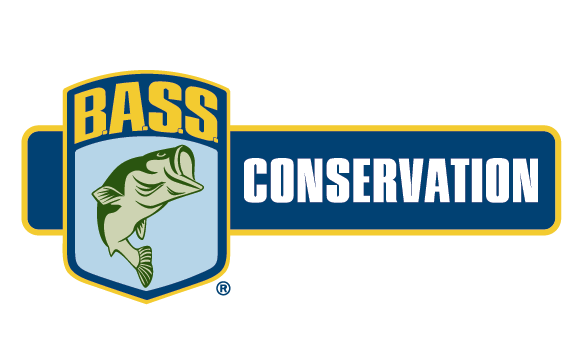
LA CROSSE, Wis. — Anglers will be fishing “million-dollar” water when they compete June 20-23 in the Bassmaster Elite Series Diet Mountain Dew Mississippi River Rumble presented by Power-Pole.
Actually, a more accurate figure is $50 million. That’s how much has been spent on habitat improvement projects in Wisconsin portions of impounded pools on the Upper Mississippi since the mid-1980s, according to Jeff Janvrin, a habitat specialist for the Wisconsin Department of Natural Resources.
“We’ve had good results, especially with Phase 3 (Pool 8),” he added. “We’re getting a lot of overwintering in the restored backwaters and a tremendous amount of use in summer by perch, bluegill and bass.”
Completed in 2012, the 3,000-acre restoration incorporated hydraulic dredging, mechanical dredging, rock groins (jetties) and vanes, mud and sand flats, and rock and earthen sills to convey flood flow. As with Phases 1 and 2 in Pool 8, the work was directed at building and/or enhancing islands, opening up backwaters and improving flow to enhance oxygenation in areas critical for overwintering and summer spawning.
Dredging was used to build the islands, with sand as the base and then topsoil from silted in backwaters added for aquatic plants to root. “We try to stay away from rock (for the islands),” Janvrin said. “We want shorelines to be as natural as possible.”
Following impoundment in 1937 to enhance commercial navigation, the pool featured backwater habitat throughout. Additionally, rising water created a series of islands from high points in the floodplain, especially in the lower reaches. But forces not present in a free-flowing river then began to destroy habitat, as erosive waves ate away shorelines, uprooted vegetation and resuspended sediment.
When restoration work began in the 1980s on these waters that flow through the Upper Mississippi River National Wildlife and Fish Refuge, overwintering habitat had been reduced to the upper section of 8, as well as other pools.
But now, through the cooperative efforts of Wisconsin, Minnesota, the U.S. Army Corps of Engineers and the U.S. Fish and Wildlife Service, bass and other fish species are finding more and more habitat to meet their needs. For example, more than 33,000 acres have been improved in Wisconsin’s portion of the river.
Altogether, 18 Wisconsin and 12 Minnesota and Iowa habitat projects have been completed since 1986. Additionally, $438 million has been spent on monitoring and restoration work on 1,200 miles of the Upper Mississippi from Minnesota to its confluence with the Ohio River, as well as its tributary, the Illinois.

